a) Time Response for , obtained by Solving Temporal Equation of Motion
Download scientific diagram | (a) Time Response for , obtained by Solving Temporal Equation of Motion for an Input Voltage 1.0 V (Key as in Figure 6 (c)). from publication: Theoretical and Experimental Investigation of Non-linear Vibration Response of an IPMC Actuator Subjected to Alternating Electric Potential | The precise predication of stable and unstable zone for an applied excitation voltage and frequency is of importance in many micromechanical systems utilizing ionic polymer metal composite (IPMC) as the actuator. A linear dynamic model thus will no longer be valid for IPMC | Ipmc, Electrics and Ionic Polymer Metal Composite | ResearchGate, the professional network for scientists.

High-Throughput Single-Molecule Sensors: How Can the Signals Be

Time Response of Second Order Control System (Worked Example
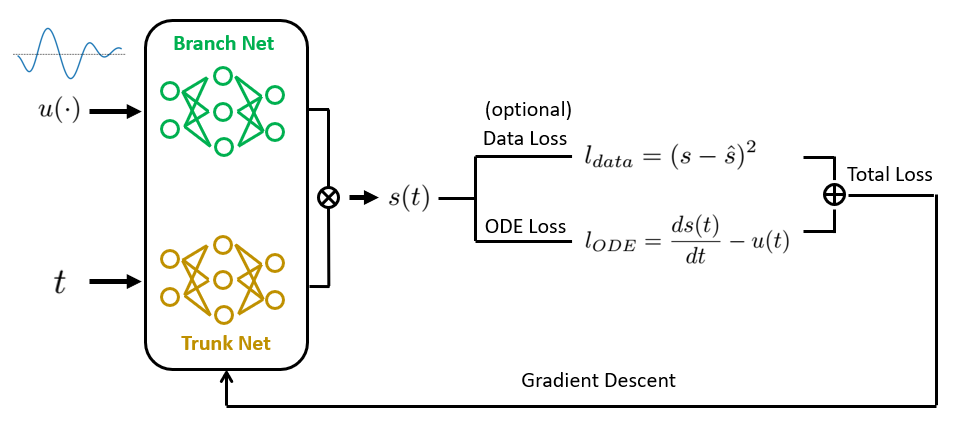
Operator Learning via Physics-Informed DeepONet: Let's Implement
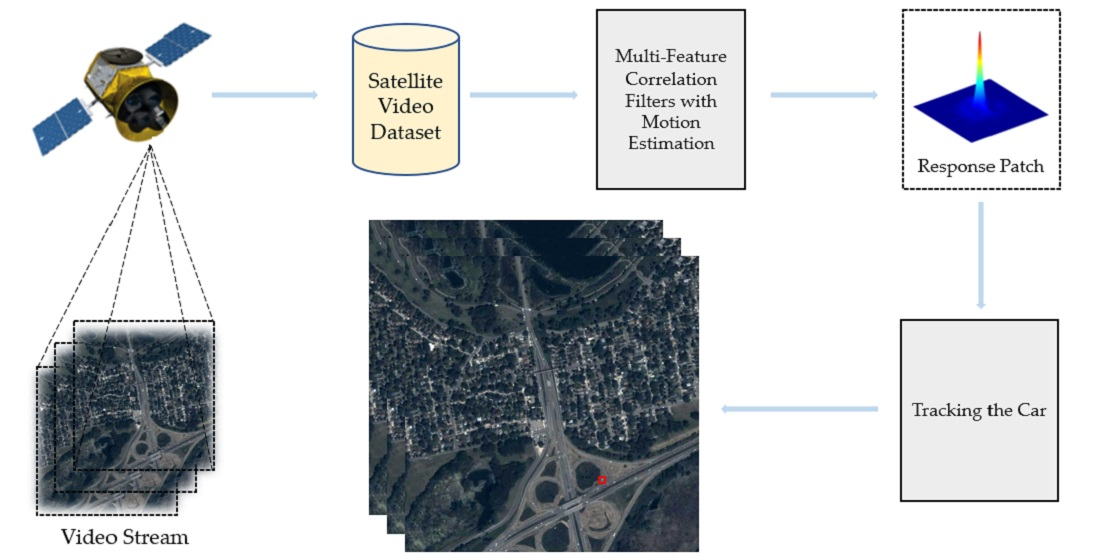
Remote Sensing, Free Full-Text
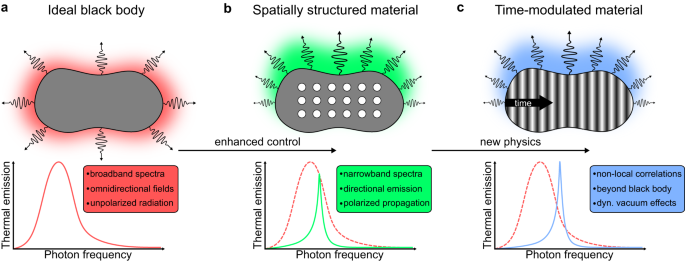
Incandescent temporal metamaterials

Response of Neurons in the Lateral Intraparietal Area during a
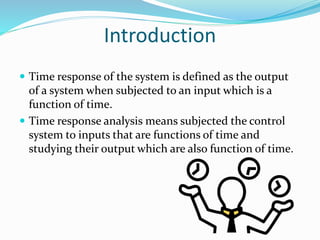
time response analysis

Full article: Modelling the dynamics of virus infection and immune

Mental chronometry - Wikipedia

Micromachines, Free Full-Text
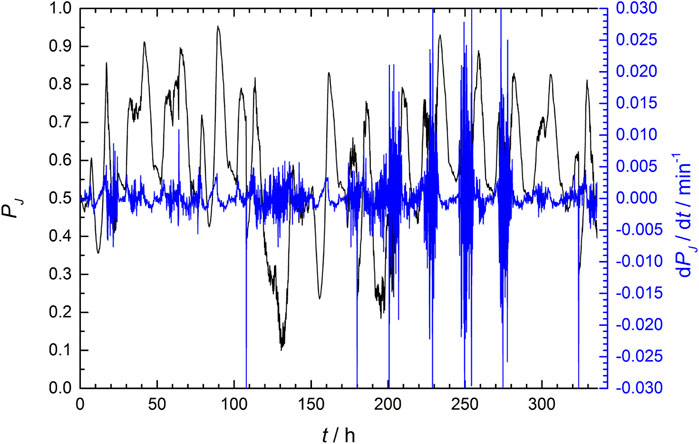
Frontiers An overview of power reactor kinetics and control in

PDF) Theoretical and Experimental Investigation of Non-linear

Derivation of Important Formula for Settling Time of Transient

Frontiers Hemodynamic Responses Link Individual Differences in
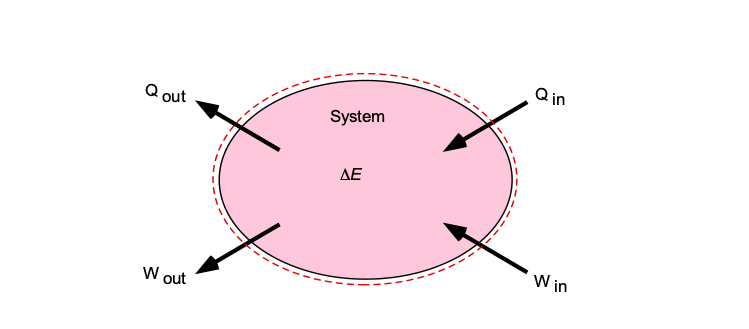
Energy Equation & Bernoulli's Equation – Introduction to Aerospace








